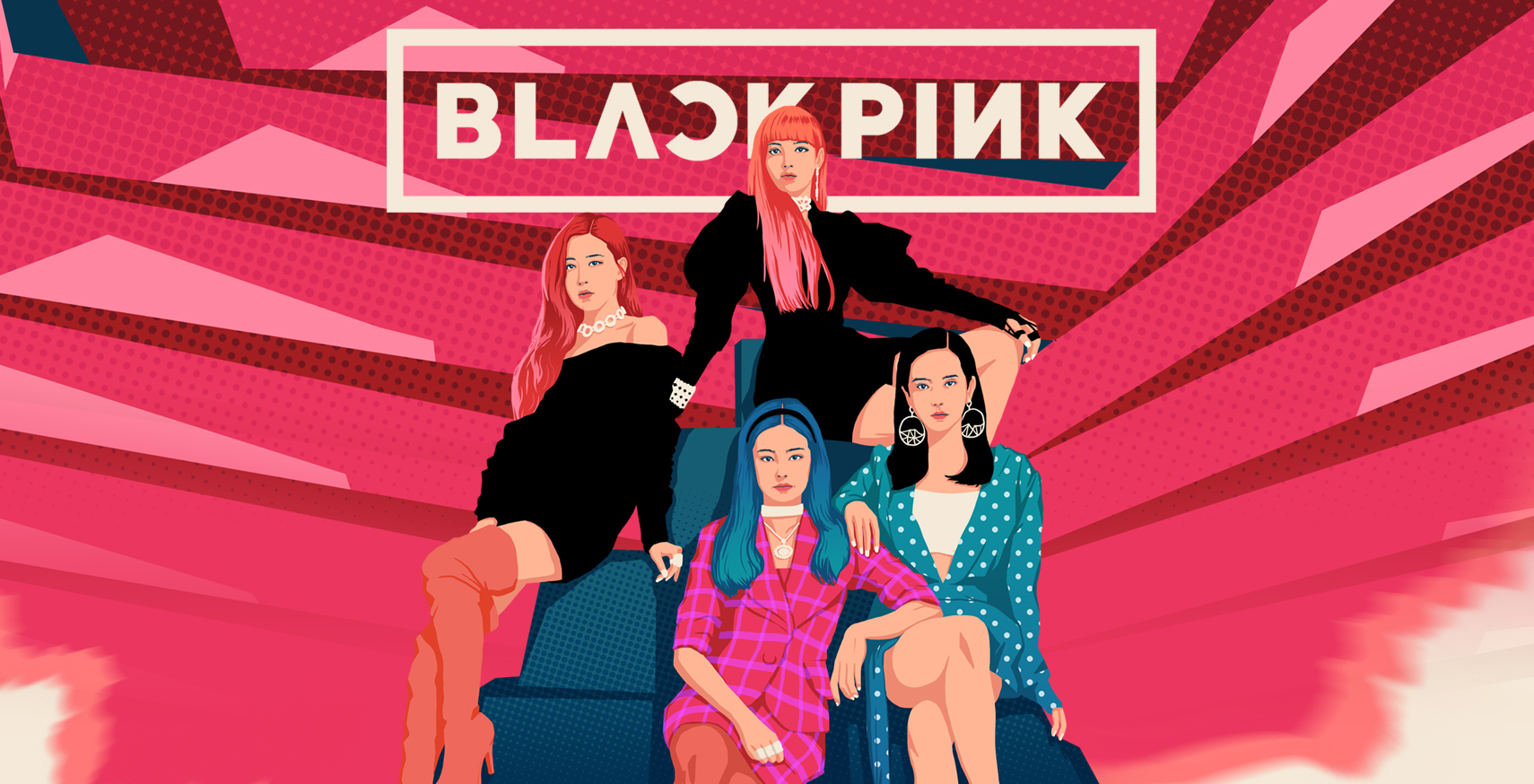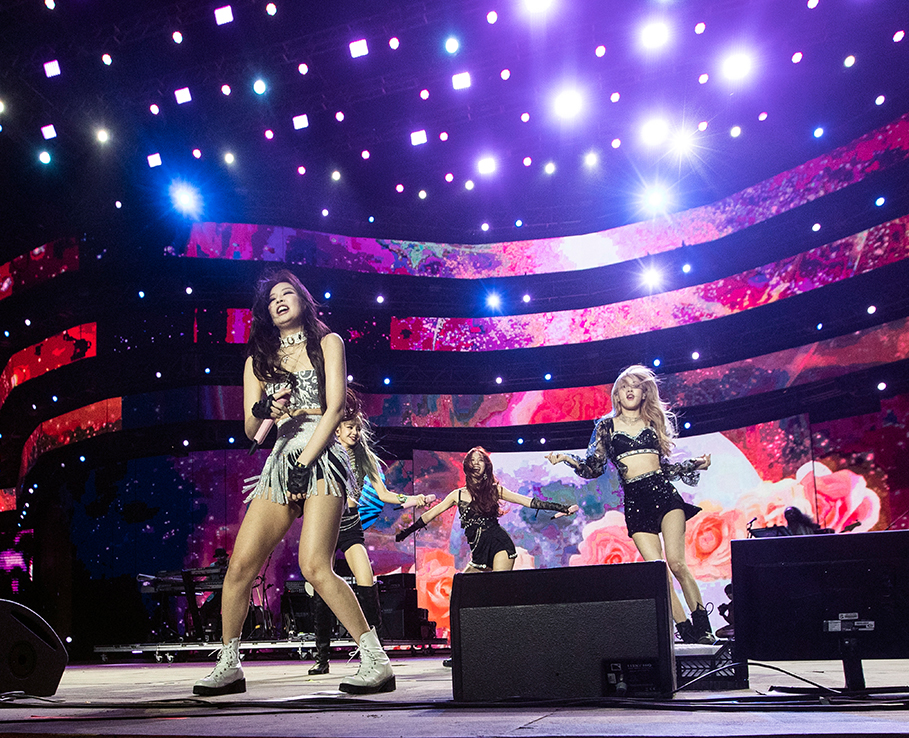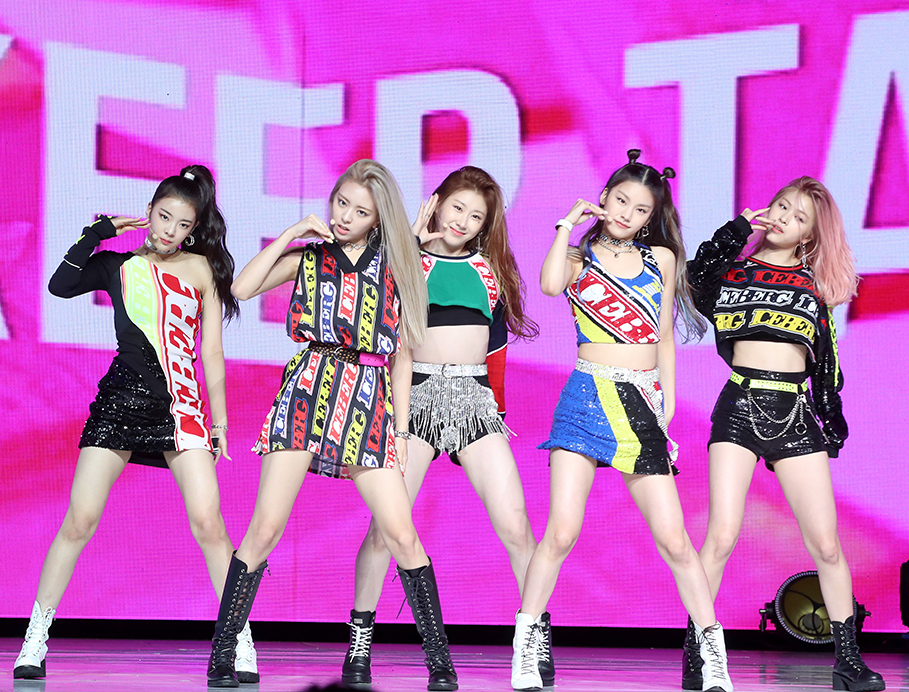February 2021

February 2021
One of the best things the K-pop scene did in the 21st century is its investments in various girl groups just as eclectic as the likes of boy groups. Even since the late 1990s when the ‘idol (K-pop dance and singing groups)’ industry blossomed with the momentum of groups H.O.T., Sechs Kies, S.E.S. and Fin.K.L. From 1997 to 1999, mainstream popularity of the two girl groups surpassed that of the mentioned boy group equivalents. The rise of girl groups was unprecedented for the time. In Korea plus the North American music scene, girl groups were deemed to come with specified expiration dates. As such, there was considerably less investment into girl groups than there was in boy groups.
Written by
Lim Jinmo,
pop columnist
Illustrated by
JB

However, Korean music producers did start pursuing sustainability in girl group production. Primarily, each team amplified their own differentiated charms and impressions. For instance, ‘Wonder Girls’ appeared to resemble a younger sister; ‘Girls’ Generation’ in flashy manner targeted wide-ranging male demographics while their rival group ‘2NE1’ emphasized ‘women empowerment.’ As for ‘SISTAR,’ the group was defined by a sexy concept; ‘4minute’ targeted fans through an ‘alpha-girl representation’; ‘A-PINK’ a young, innocent girl-like image; ‘TWICE’ pretty faces and pleasant visuals.
 © YonhapNews
© YonhapNews
 © YonhapNews
© YonhapNews
Though girl groups like f(x) did choose their own focus path like electronica music or hybrids thereof, in terms of the bigger picture, girl groups tended to sway either towards ‘innocent (and young-looking)’ or ‘mature (woman-like).’ The pattern prevails to this day, which makes the group ‘Oh My Girl’ belong to the former, with ‘ITZY’ showcasing defining characteristics of bold women. ‘Blackpink’ which has conquered the U.S., can be interpreted as a case of a ‘mature (girl group) with a luxury-tinted charm as fashion icons.’
Although singularity is welcomed, an unchanging factor of K-pop girl groups remains to be their appearances, songs’ mainstream appeal and choreography executed with impeccable synchronity. In addition to these conditions, management companies sought to highlight a specific charm that would captivate the mainstream. Frequent topics of discussion amongst male fans began centering around which (of the popular) girl groups are the best, such as S.E.S. Fin.K.L and Baby Box (the first-generation groups), then the second-gen Wonder Girls and Girl's Generation, followed by KARA which had conquered the Japanese market at their prime.

 (Left, Right) © Roxanna Rivera
(Left, Right) © Roxanna Rivera
Eventually, K-pop producers behind girl groups realized that in order to expand the consumer base of their market, they had to target the young women demographics (teenagers plus those in their twenties) not unlike boy bands did. As such, they began pursuing impressions of ‘girl crush’-worthy stars. A colloquial term for a female being enamored by another female, this strategy led to a breakthrough of previous thresholds of gender and age-based limitations (on fan demographics).
Interestingly, the decision was based on the analysis that it is always the female demographics that coalesce into the most sizable fan base. A prime example that has risen into worldwide recognition is BLACKPINK. Their predecessors — who were fostered through similar strategies — include 2NE1, 4minute whose recent equivalents would be the likes of MAMAMOO and ITZY.
Now that idol fan bases have spawned toward thirty-something years-old demographics too, ‘girl crush’-worthy groups — and efforts to cultivate them — are gaining even greater momentum.
Girl crush ― worthy
groups and effots to cultivete them
gain even greate momentum
